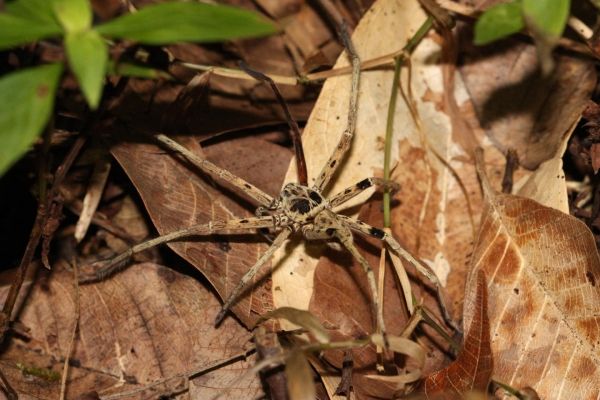A first of its kind, global study on the impacts of human land-use on different groups of animals has found that predators, especially small invertebrates like spiders and ladybirds, are the most likely to be lost when natural habitats are converted to agricultural land or towns and cities. The findings are published in the British Ecological Society journal Functional Ecology.
Small ectotherms (cold blooded animals such as invertebrates, reptiles and amphibians), large endotherms (mammals and birds) and fungivores (animals that eat fungi) were also disproportionally affected, with reductions in abundance of 25-50% compared to natural habitats.
The researchers analysed over one million records of animal abundance at sites ranging from primary forest to intensively managed farmland and cities. The data represented over 25,000 species across 80 countries. Species were grouped by size, whether they were warm or cold blooded and by what they eat. Species ranged from the oribatid mite weighing only 2×10-6g, to an African elephant weighing 3,825kg.
Dr. Tim Newbold at UCL (University College London) and lead author of the research said: “Normally when we think of predators, we think of big animals like lions or tigers. These large predators did not decline as much as we expected with habitat loss, which we think may be because they have already declined because of human actions in the past (such as hunting). We find small predators – such as spiders and ladybirds – to show the biggest declines.”
Read more at British Ecological Society
Image: A Malaysian spider, one of the small predators found in our study to be most affected by habitat loss. (Credit: Tim Newbold)


